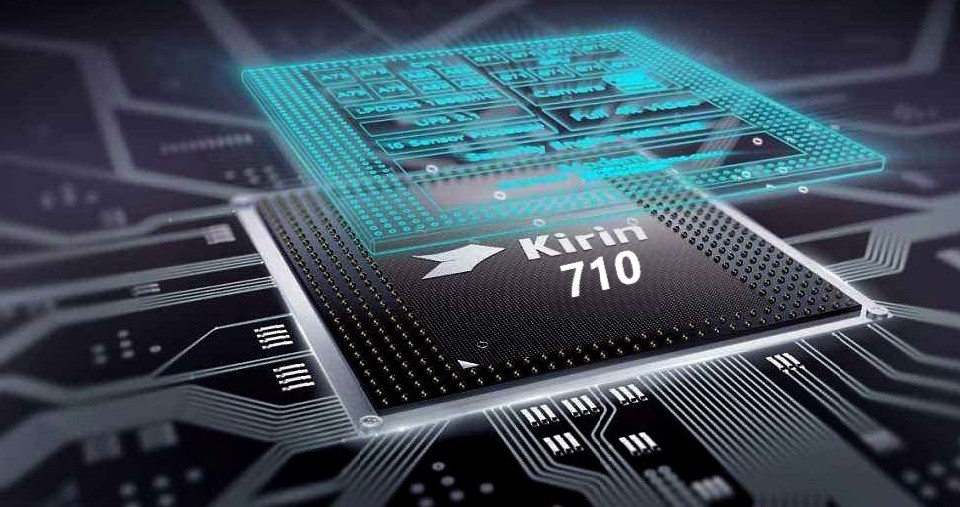News
Huawei’s Kirin 710 processor, what it brings inside the chip?- explained

On July 18th, Huawei held a product launch event at the Shenzhen Universiade Stadium in China, releasing two new phones, Nova 3 and Nova 3i with dual front and dual rear cameras. Nova 3 uses Kirin 970 and Nova 3i uses company’s first 12nm chip Kirin 710, so how much powerful Kirin 710 processor really is? and what it brings inside the chip? let’s explore ahead.
In terms of energy efficiency, Kirin 710 is equipped with four A73 and four A53 CPU cores. It is designed with big and little hybrid architecture. The maximum frequency is 2.2GHz and 1.7GHz on the base. Compared with Kirin 659, the performance of a single core is improved by 75% and multi-core performance is improved by 68%.
It also supports Google ARCore and Huawei’s AR dual augmented reality engines for better support various AR functions. In terms of process technology, Kirin 710 is Huawei’s first TSMC 12nm chip and uses the latest 6T Turbo technology to improve performance by more than 10% compared to equivalent processors.
Kirin 710 also has an independent DSP digital signal processor + ISP image signal processor, an independent post-processing unit, which improves overall camera performance by 30%, supports AI scene recognition that recognizes more than 20 scenes and automatically sets optimal parameters, especially for portraits, night scenes, and sports scenes.
It also supports HDR Sensor, which optimizes the skin tone effect at the low color temperature and mixed color temperature. It can also take good-looking portrait photos in a variety of complex lighting environments and improves the dark shooting strategy for night scenes to ensure clear and transparent image quality.
For fast motion scenes that easily gets blurred, Kirin 710 supports static, slow, medium and fast four-speed speed monitoring, intelligently adjusts shutter dynamics, and combines AI motion scene detection to enhance shooting results.
In terms of Network communications, the Kirin 710 supports the LTE Cat.12/13 standard. The downlink peak rate is 600Mbps and the uplink peak rate is 150Mbps, which is 100% and 50% higher than the previous generation. It is also the second in the industry after the Kirin 970 to support for dual-card dual 4G VoLTE mobile phone chips.
At the same time, Kirin 710 optimizes complex communication scenarios to effectively improve the quality of communication connections in areas with weak signal environments such as the high-speed trains.
To ensure next-gen Security, Kirin 710 also made breakthroughs by introducing TEE technology to support face recognition and included face extraction feature, comparison feature, module management and other indicators into the security zone protection to achieve full-channel face security. This chip also adapted financial-level security certification to effectively protect the security of mobile payment accounts.
In our opinion, it is clear that the Kirin 710 has a strong meaning as a high-end processor. It will also be the main platform for Huawei and Honor’s next thousand mainstream models this means Kirin 659 could finally get the rest.







